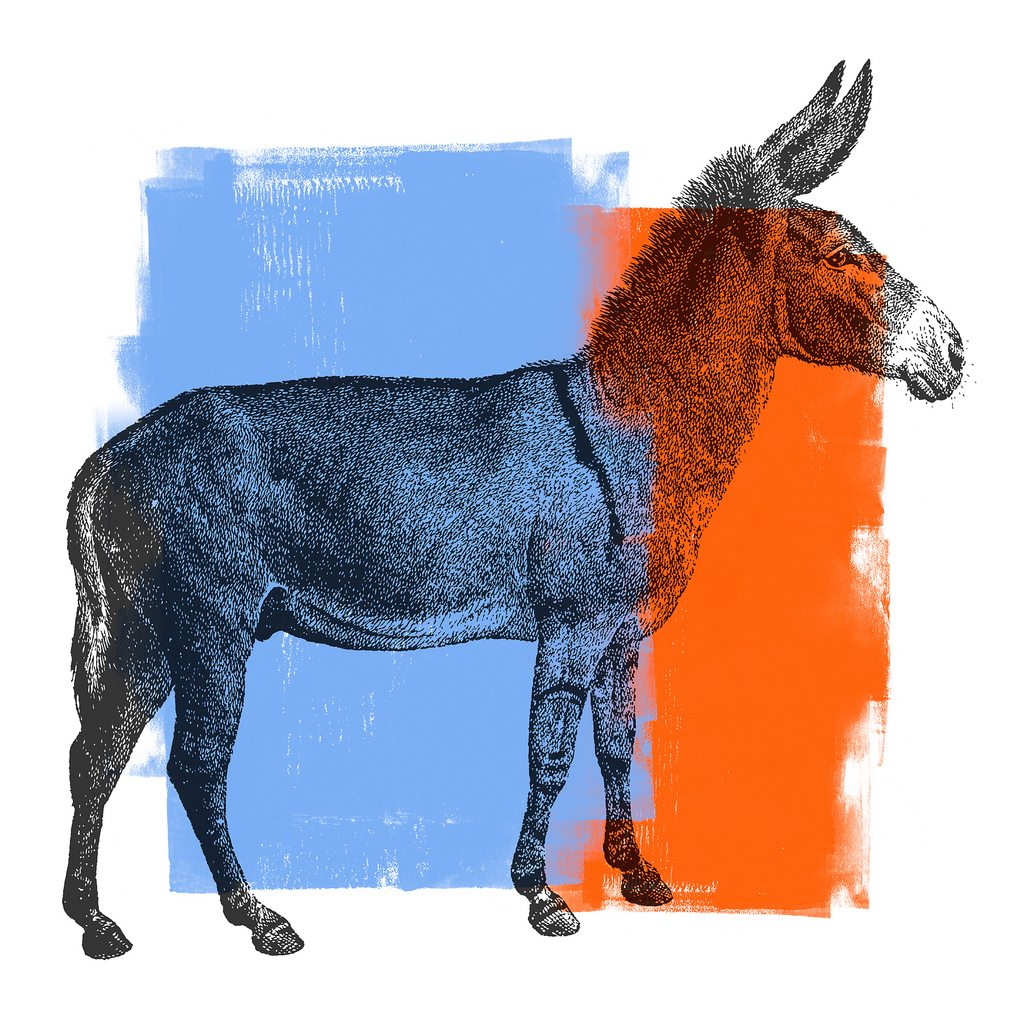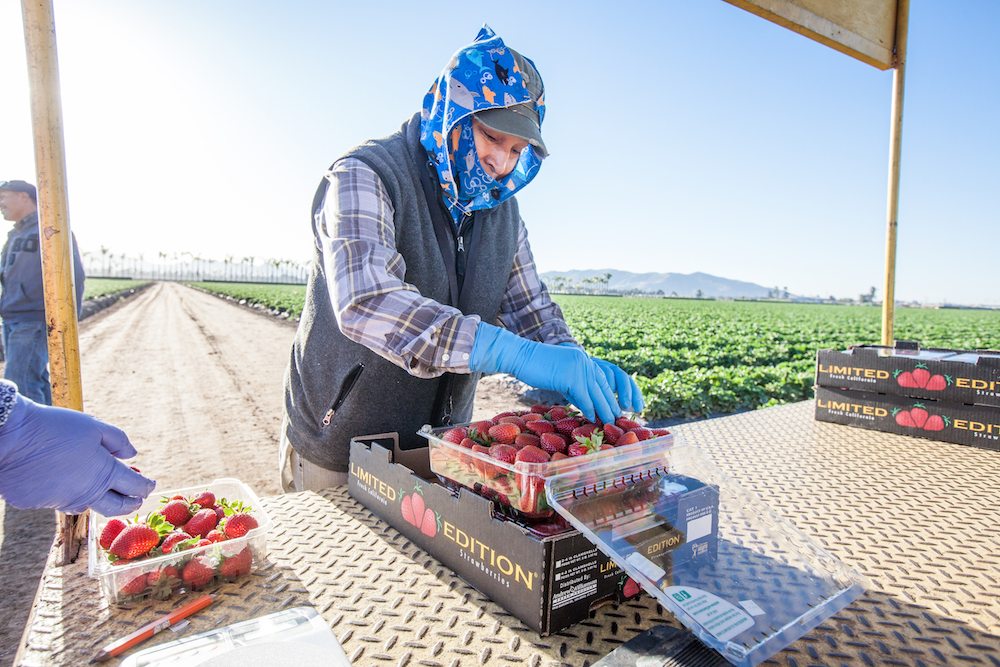If you haven’t heard of the Dog Haus, a fast-casual restaurant chain that specializes in hot dogs and sausages, you soon will. In what appears to be one of the biggest expansions in foodservice-franchise history, the chain (slogan: “The Absolute Wurst”) will grow from 21 stores in five Western states to more than 450 stores in 19 states across the country over the next seven years, with much of that growth coming very quickly, according to people involved in the deal.
This is thanks mainly to a $500 million deal Dog Haus’s owners struck with American Development Partners (ADP), a franchising outfit that has worked with Church’s Chicken, Taco John’s, and other large chains.
All the franchisees who have signed on with the plan are “multi-unit operators who are running dozens of units, maybe 150, some of them,” says Andre Vener, who started the business in a single Pasadena, California, location in 2010 with his two partners, Quasim Riaz and Hagop Giragossian.
The deal itself will add about 300 new locations to the chain, which serves “gourmet” sausages and hot dogs (dressed up with ingredients like arugula and aioli), filling a niche that has been left mostly empty during the onslaught of fast-casual chains in recent years. More than 160 new stores were already in the pipeline when the deal, announced last week, was signed.
It’s certainly risky to plunk down a half a billion bucks on a small, regional operation, trying to transform it quickly into a large national chain. Even as competitors pile in, growth in the restaurant industry is anemic—only about 1 percent a year since the 2008 recession, according to market research firm NPD Group. And while Dog Haus has apparently done very well in its existing markets, succeeding nationally is a whole different cut of meat.
“Well, good luck with that one,” says Bonnie Riggs, restaurant analyst for NPD Group, upon hearing numbers behind the growth plans. “That’s very aggressive.” While she likes the concept of a high-end, fast-casual outlet that serves hot dogs and sausages (or anyway, as high-end as such a thing can be without seeming ridiculously pretentious), she believes that “the only way to grow big is to build loyalty.” While Dog Haus has by all accounts done that in its home markets, marketing coast to coast is much more challenging and expensive, she notes.
The owners point to the financier of the deal, an unnamed wealth management fund secured by American Development Partners (which identifies the fund as a “family office“) that will be backing their marketing efforts along with everything else. ADP put the unusual arrangement together, coordinating between the fund, Dog Haus, landowners, contractors, and franchisees. The deal came about after one of those franchisees, Sean Eby, who has held executive positions at Taco John’s, Arby’s, Burger King, and others, found himself impressed with the operation, and hooked the owners up with ADP. Eby will himself franchise 100 of the new stores, and plans to have them all up and running within five years.
Vener, not surprisingly, isn’t persuaded by Riggs’ warnings about the size and speed of the expansion, or about how tough marketing the chain nationally will be. For one thing, he says, Dog Haus is filling its niche by serving “gourmet”-style dogs and sausages (along with burgers from beef they’re marketing as “humanely raised.” When pressed for details on sourcing, Vener declined to be specific). “We’re not Wienerschnitzel, and we’re not hot-dog-on-a-stick,” he says. Perhaps the closest analogue for Dog Haus is Portillo’s, the successful, Chicago-based chain that has been around since 1963 but which, though it has expanded recently, still runs just 45 stores.
Skepticism about this rapid pace of growth—the concerns voiced by people like Riggs—is “totally understandable,” says Erik Hartung, Dog Haus’s director of franchise development. But given the way the deal is structured, he says, many outlets will be up and running quickly. The plan is to “seed” individual markets with several stores each that will “support each other with brand awareness and a marketing pool.” He also notes that the company’s marketing is geared heavily toward millennials, and makes heavy use of social media.
“We’re able to generate a lot of exposure and interest with very few dollars spent,” he says, “even in markets with a minimal number of stores.”
Hartung agrees that the fast-casual segment is overcrowded with competitors, but he believes that’s actually a reason for optimism. “This is a segment that the consumers are gravitating toward. We’re alone in our niche right now and beyond just the food, we’re doing really innovative things with store design and the customer experience. If the fast-casual market starts cannibalizing itself, Dog Haus should be well positioned to be a ‘last man standing.'”
https://www.instagram.com/p/BL6WBo2DSlm/
Dog Haus’s owners might well be right, but the risks nevertheless seem huge, given the large investment, and the fact that it comes from a single source. In that respect, the deal can be seen as a function of the increasing concentration of wealth into fewer hands. It came together in a matter of months, and seems to be largely based on faith. It’s hard to imagine a pension fund or a group of venture capitalists and angel investors making such a play, even though they bet big on iffy investments all the time.
The unnamed wealth management fund staking the investment is “managed by a handful of guys looking for a place to put their money,” says Caleb McMillen, ADP’s chief operating officer.
That sort of makes it sound like they were deciding between this deal and an index fund. Or, viewed another, more accurate way, it sounds like a handful of guys with gigantic wads of cash who want to have a little fun with some of it.
Still, all the parties insist that plenty of due diligence was performed. And given that the risk will be spread pretty thinly among a lot of different stakeholders, the investment is far from outright nuts. The chain “is doing very well in its existing areas,” McMillen says. “It has solid profit margins, and it’s very scalable.” If a franchise finds itself doing well in a given market, it can quickly expand. And weaker markets can be exited with relative ease.
The expansion is “significantly larger than any deal we’ve ever done,” McMillen says. That’s a wild understatement. The company’s website notes that the company’s “typical project size” is between $1 million and $25 million. This deal is 20 times the size of the larger number.
The size and speed of the expansion might be a record, but such growth is not wholly unprecedented. Five Guys, the fast-casual burger joint, was a tiny chain from 1986 to 2003, when it began franchising. It now has more than 1,000 locations, with plans for hundreds more. Shake Shack, which began as a food cart in a New York City park, grew fast enough and generated enough buzz to go public in 2014 with a valuation at $1.6 billion, still has only 100 locations. Though it, too, has plans for even bigger growth.
While the restaurant business is always a challenge, and is particularly tough at the moment, the right concept can still succeed. In fact, the only real bright spot is in the fast-casual segment, which (generally speaking) brings together the convenience of fast food with the relative quality of the offerings.
That combination hits a sweet spot for millennials in particular, says Darren Tristano, president of Technomic, an industry researcher. “Millennials want more quality, customizable choices, and portability,” he says. But also, some kind of uniqueness, which is Dog Haus’s selling point. The food itself must be “of good quality,” he says. It doesn’t have to be “great,” but it has to be better than the assembly-line meals slung out by giant chains like McDonald’s and Taco Bell.
Perhaps besides convenience and quality, fans of the fast-casual model also enjoy a side of risk.










